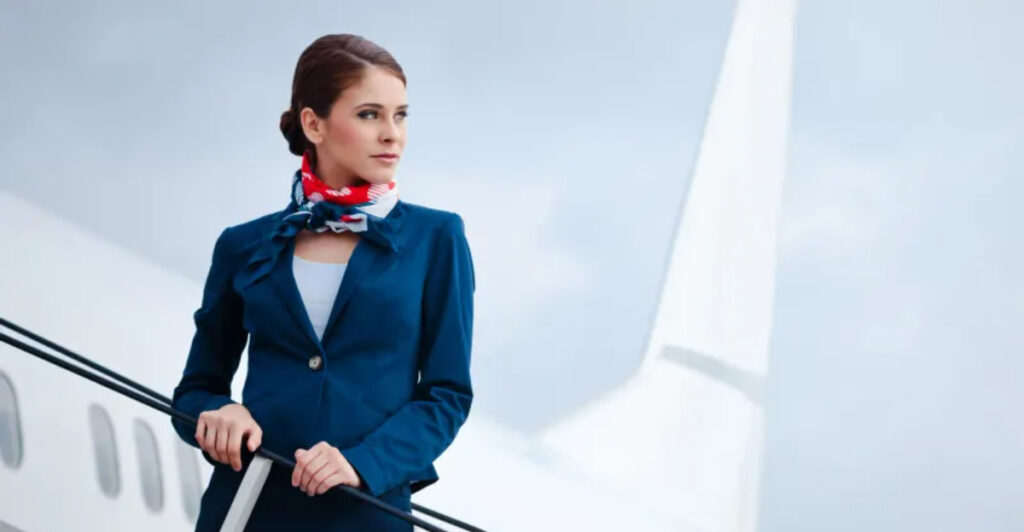Next time you board a plane, take a close look at your flight crew. Notice something missing? You probably won’t spot any visible tattoos on their arms, hands, or necks. While tattoos have become incredibly popular in society, the airline industry operates by different rules when it comes to body art and professional appearance standards.
1. Airlines Demand Picture-Perfect Uniformity

Walk through any airport terminal and you’ll notice something striking about airline crews – they all look remarkably similar in their polished appearance. This isn’t by accident.
Major carriers like Emirates, Singapore Airlines, and American Airlines maintain strict grooming codes that treat visible tattoos as uniform violations. These companies view their flight attendants as walking advertisements for their brand.
Every detail matters, from perfectly styled hair to wrinkle-free uniforms. A colorful sleeve tattoo or even a small wrist design can disrupt this carefully crafted image that airlines spend millions developing and protecting.
2. Passenger Expectations Shape Company Rules
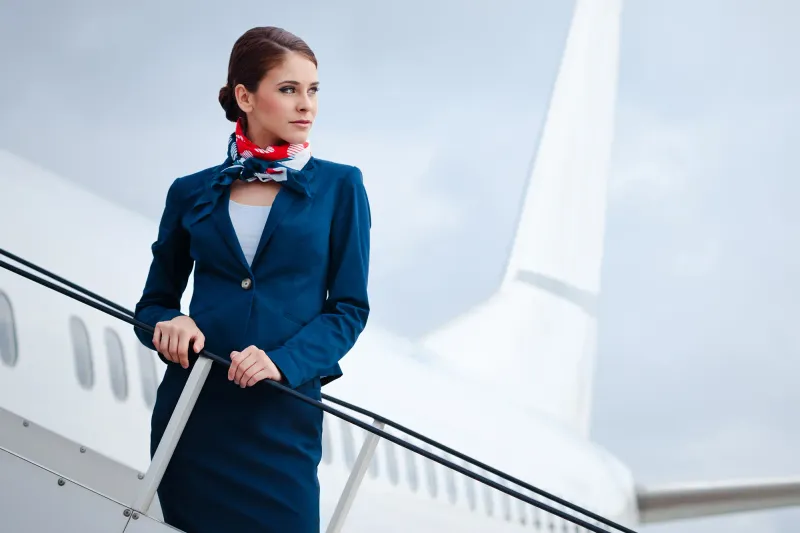
Airlines serve everyone from conservative business travelers to families with traditional values. Company executives know that first impressions matter tremendously in customer service.
Research shows that certain passenger demographics still associate visible tattoos with unprofessionalism or rebellion. Airlines would rather avoid any potential negative reactions that could impact customer satisfaction scores.
A grandmother flying to visit family might feel more comfortable being served by crew members who match her expectations of professional service. Airlines prioritize keeping all passengers happy over individual employee expression, even if attitudes are slowly changing in society.
3. Corporate Branding Trumps Personal Expression
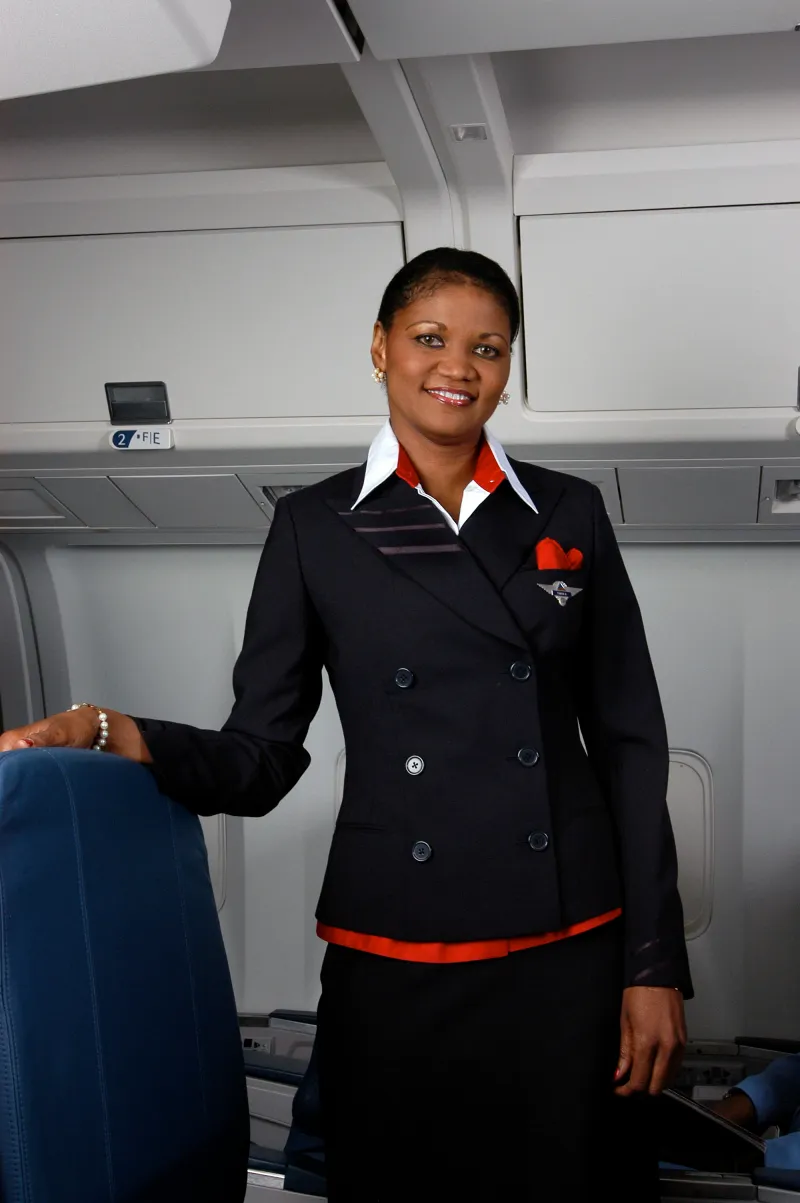
Think of flight attendants as living, breathing billboards for their airlines. Every interaction they have reflects directly on the company’s reputation and values.
Airlines invest enormous amounts in market research to determine exactly how they want to be perceived. Colors, fonts, uniform designs, and even employee appearance guidelines all work together to create a specific brand identity.
A flight attendant’s dragon tattoo might be beautiful artwork, but it draws attention away from the airline’s carefully planned visual message. Companies prefer passengers remember their excellent service rather than their crew member’s personal body art choices.
4. Safety Authority Requires Professional Credibility
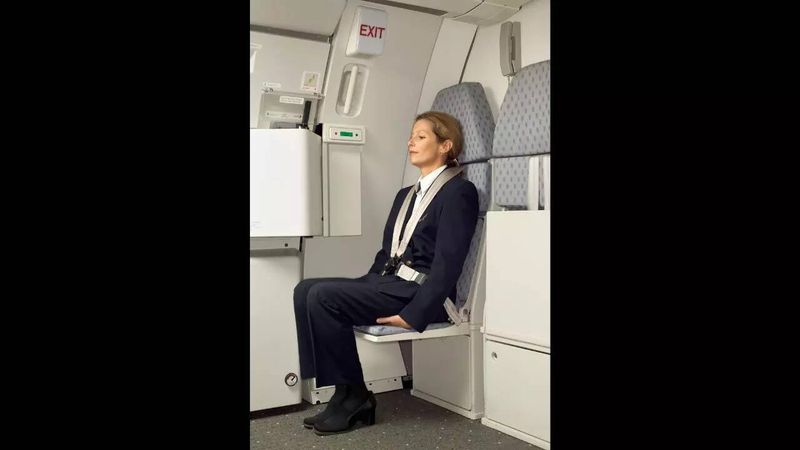
During emergencies, passengers need to trust their flight crew completely. Lives can depend on following crew instructions without hesitation or doubt.
Airlines worry that visible tattoos might undermine the authority that flight attendants need during crisis situations. Whether fair or not, some passengers might question the judgment of heavily tattooed crew members.
Flight attendants receive extensive safety training and are qualified emergency responders. Airlines want nothing to distract from that professional competence when seconds count. Clean-cut appearances help establish immediate credibility when passengers need to listen and obey safety commands without thinking twice about the messenger.
5. Cultural Differences Create Global Standards
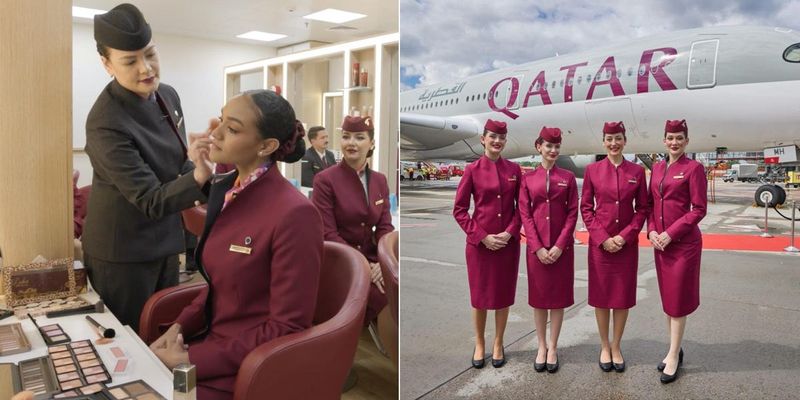
International airlines must navigate vastly different cultural attitudes toward tattoos across their route networks. What’s acceptable in Los Angeles might be shocking in Dubai or Tokyo.
Middle Eastern carriers like Qatar Airways and Etihad maintain especially strict no-tattoo policies reflecting regional conservative values. Asian airlines often follow similar approaches based on traditional business culture expectations.
Rather than having different appearance rules for different destinations, most international carriers choose the most conservative standard that works everywhere. This approach prevents awkward situations where crew members might be reassigned based on their tattoos conflicting with local cultural norms.
6. Progressive Airlines Break Traditional Barriers
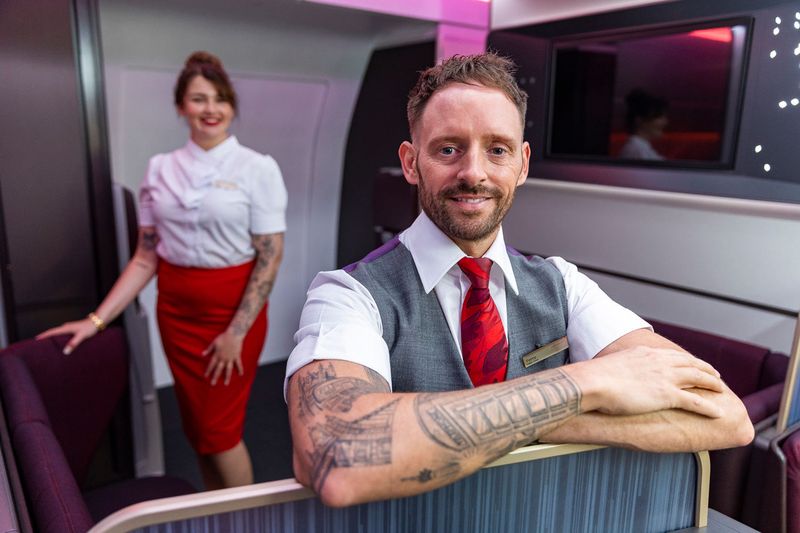
Change is definitely in the air! Forward-thinking carriers like Virgin Atlantic, Alaska Airlines, and JetBlue have revolutionized their tattoo policies in recent years.
These airlines now allow small, tasteful tattoos as long as they’re not offensive or inappropriate. Some even permit larger pieces if they can be covered during certain flights or routes.
Younger passengers increasingly expect companies to embrace diversity and individual expression. Progressive airlines gain competitive advantages by attracting both talented employees who have tattoos and customers who appreciate inclusive workplace policies. This trend suggests the rigid appearance standards of yesterday might become tomorrow’s outdated business practices.

